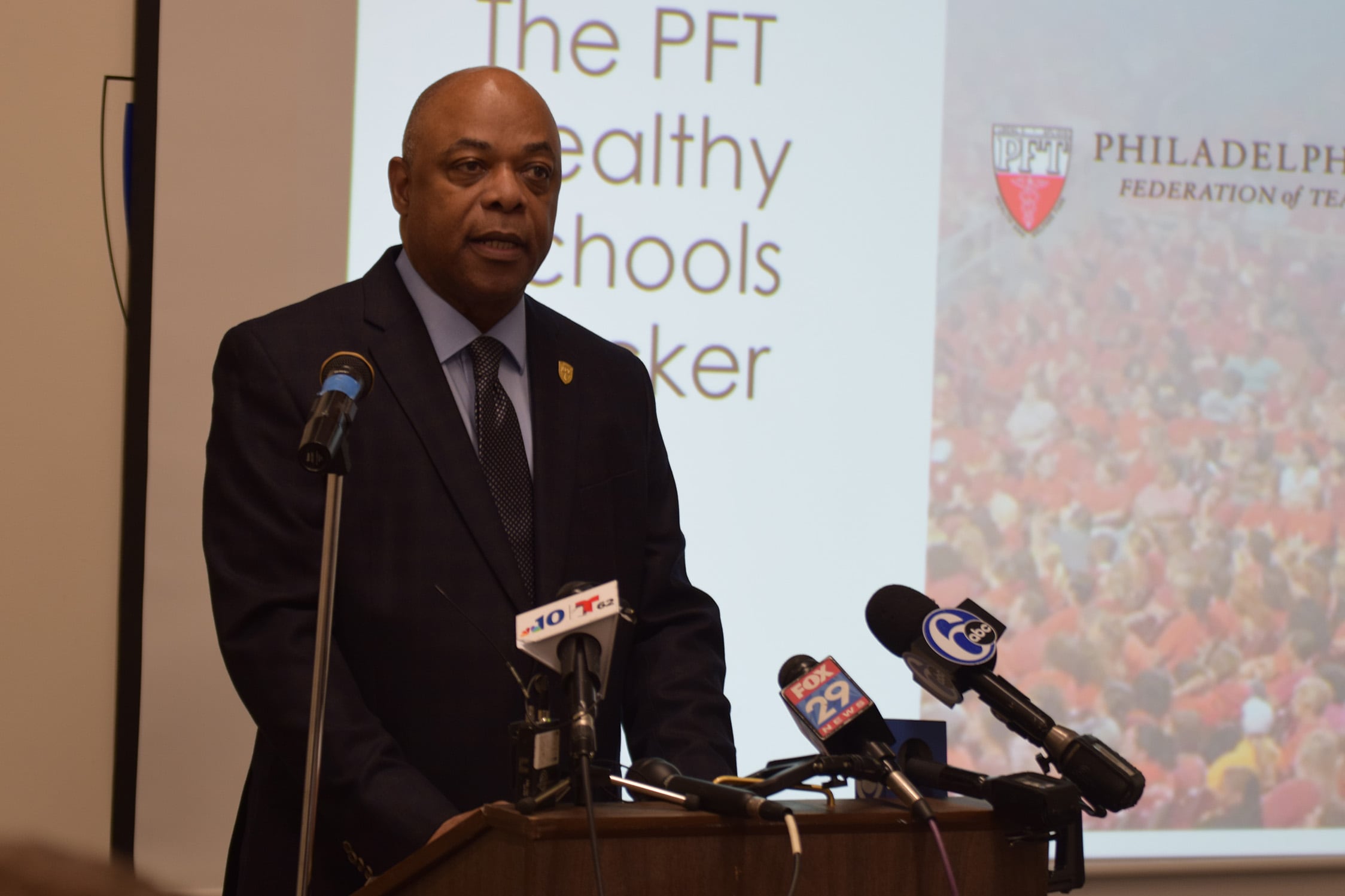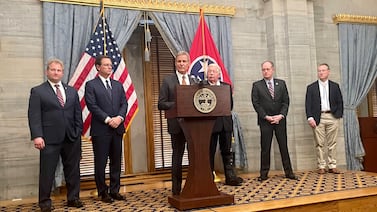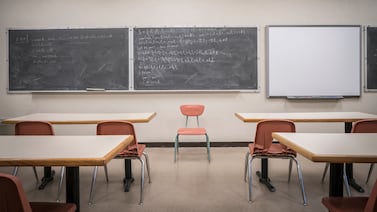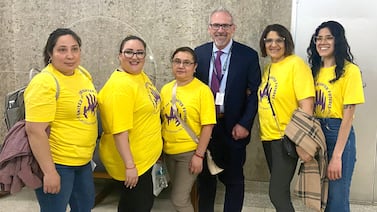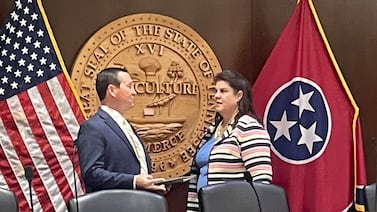Philadelphia School District officials have asked principals to return to their school buildings as soon as this week to begin distributing materials and preparing for limited face-to-face instruction that could start in mid-November.
“Students need their textbooks. Our teachers need access to their materials,” Evelyn Nuñez, the district’s chief schools officer, wrote to principals last Friday.
She called this week’s re-entry a first step toward preparing schools to be the site of meetings between teachers, students, and families. Superintendent William Hite has said some teachers have asked to teach from their classrooms, and he wants other staff to have building access to facilitate contact with families.
And while Nuñez said union leaders were consulted, teachers and principals worry that loose controls around building access could expose them to the coronavirus even if students aren’t present.
“School leaders want to be safe, period. Asking school leaders to continue to venture in and out of buildings at every command is similar to asking them to play a dangerous game of Russian roulette,” said Robin Cooper, head of the principals union, the Commonwealth Association of School Administrators, or CASA, in a statement.
“Virtual learning means just that … minimal risk for all involved,” Cooper said. “There is not one person who should have to compromise their health.”
Officials at the Philadelphia Federation of Teachers had no comment. However, in a letter to members obtained by Chalkbeat, president Jerry Jordan said that he wanted to stem rumors that allowing teachers to retrieve materials needed for remote learning meant “that it’s ok for principals to schedule faculty meetings, grade groups, or other in person events in schools...this is a one time effort.”
District officials responded to Jordan and Cooper’s concerns by insisting that this week’s return will be handled safely and responsibly, and will not turn into demands for in-person encounters beyond what safety protocols allow.
“Nothing in my letter said anything about staff meetings, bringing teachers together, any of that,” said Nuñez.
At the same time, Nuñez said that this week’s return is part of preparing for the resumption of limited in-person learning. Summer cleaning is slated to wrap up this week and comprehensive ventilation assessments are scheduled to be complete by early October, clearing the way for some staff to start working from buildings in preparation for students’ arrival.
Hite has said that hybrid instruction could begin on Nov. 17, but that some buildings also could open to provide limited student support before that date. That could include use as “learning centers” now being designated by the city as places where children who cannot safely stay at home can be supervised during the day.
Nuñez said it is reasonable to think that staff would start working from buildings more regularly “by the end of October, beginning of November.”
A year like no other
Opening school is always stressful, Nuñez said, and while this year “brings a new layer of concerns,” it also offers “excitement and opportunity to grow, professionally, in leading in a digital setting.”
Principals have between Wednesday and August 31 to plan for distributing classroom materials, including the district’s newly purchased workbooks for English and math, which are meant to supplement the virtual learning program. All students are eligible for the workbooks, which means that principals have to prepare to hand them out safely.
Principals had a dry run last spring when they distributed laptops and lunches, and many came up with creative solutions, Nuñez said. Some “took regular grocery bags, say for first grade, and put two or three workbooks in the bag, and folks didn’t even have to come into the building,” she said.
Interim facilities chief Alicia Prince said that the district’s summer cleaning will be completed this week, leaving only those buildings with ongoing renovations potentially unsafe for staff. The district still is completing industry-standard ventilation tests that measure safe airflow levels, which should be done by October, she said.
Jerry Roseman, the PFT’s environmental specialist, has called ventilation the district’s biggest safety challenge, declaring in July that “there is a very small fraction of rooms that you can safely use. We have a $4.5 billion capital backlog going back 25 years … a lot of that is ventilation and windows.”
Officials assure, but staff still worry
District officials promise that airflow assessments will cover all rooms and spaces in each building, but CASA’s Cooper worries that the effort to make buildings available to the district’s neediest students, which she supports, will result in pushing staff too quickly into risky situations.
“A lot of our people are trying to protect their families. If I live with my 90-year-old grandmother, I want to make sure I’m not bringing anything home,” Cooper said.
Cooper said that this year is anything but typical, and that it’s a mistake for district officials to compare principals’ current worries with those of years past.
“For Dr. Nuñez to downplay the immense stress that administrators are under … is borderline dangerous,” Cooper said. “It sends a message that says while the district values our students, we don’t value our employees and won’t hesitate to place you in unsafe buildings.” She plans to testify at Thursday’s Board of Education meeting.
“We are dedicated school leaders who want nothing more than to be in a safe, clean, learning environment where each one of us are able to go home every evening without fear of [COVID] contamination. This is not a privilege, but a right.“
Jordan, of the teachers union, wrote to his members that while remote teaching is hard, “the vast majority of buildings, due to ventilation issues, are unsafe for re-occupancy at any level of capacity.”
“I cannot in good conscience advocate for a policy that has the potential to threaten your lives,” Jordan wrote.
Nuñez acknowledged that there is a high level of distrust between the administration and staff that must be addressed, and vowed that this week’s limited return to buildings is just the start of what will be a carefully-managed process.
“We’re trying really hard to follow through on what we say we are going to do,” she said, noting that some central office staff members have already returned to their offices.
“Many of us have returned back to work,” she said, “and we’re practicing the same protocols that we’re asking them to practice.”


